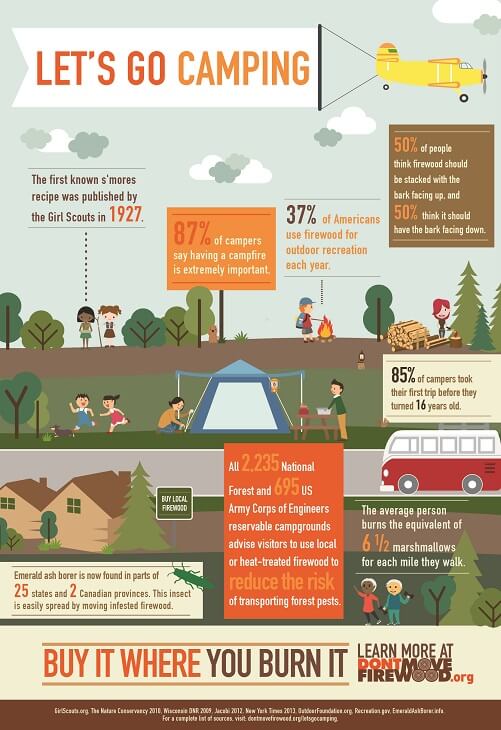Outdoor tents impacts are a wonderful way to protect your outdoor tents floor from abrasions and extend its useful life. Mostly all equipment makers use their very own brand-specific footprints that are developed to match their certain tent designs.
How can I make my tenting more comfortable?
This customized strategy provides convenience of arrangement and lessens the threat of rain seeping in via the joints.
What are they?
Tent footprints (likewise known as tent ground sheets or under tent pads) give a layer of security between the base of your outdoor tents and the outside setting. They secure your camping tent from sharp things, wetness, and rough surface areas.
The majority of camping tent manufacturers offer their very own top quality impacts developed to fit flawlessly with their designated sanctuary models. Nevertheless, these are typically costly and relatively heavy contrasted to DIY choices like Polycryo or Tyvek.
Impacts are generally made from long lasting, waterproof materials such as polyurethane, nylon or silnylon. For ultralight backpackers looking for to decrease pack weight, there are also light-weight, high-strength alternatives made from Cuben Fiber (Dyneema). It is essential to pick an impact that's slightly smaller than your outdoor tents to prevent rainwater from leaking down the sides of your sanctuary and funneling below you while you sleep-- no person wishes to awaken in a puddle! An impact is a beneficial addition to any type of camping journey. It helps make sure a long life-span for your tent while including comfort and satisfaction.
How vital are they?
Camping tent impacts safeguard the base of your outdoor tents from abrasion and moisture, aiding to extend its life expectancy. They're usually made from waterproof and dirt-resistant materials like polyethylene or a light-weight oxford polyester, though the denier of the material will certainly vary (the higher the denier number, the thicker and burlier).
The majority of footprints are made to specifically match the shape of your camping tent's flooring, which helps lessen material waste. Lots of have grommets or loopholes through which you can weave guylines for stress and risks, guaranteeing that the impact is securely held down.
If you camp in harsh surface or areas where there's a great deal of downed branches and sharp rocks, a tent footprint is well worth the included weight and mass. But if you often camp in completely dry, sandy or rocky conditions, an impact may be overkill. A tarpaulin is a better choice because instance.
Do you generally load one?
If you're camping on a really flat surface where rocks and sticks aren't a concern, an outdoor tents footprint most likely isn't essential. If you are in the backcountry with a lot tents for living of rough surface, an impact can make life much easier.
Footprints are normally sized a little smaller than the base of the tent. That's since a bigger impact would catch rain and channel it under the outdoor tents, where you can wake up in a puddle.
Nevertheless, impacts can be pricey and hefty if you buy one from the producer of your camping tent (the Big Agnes Tiger Wall surface UL 2 impact, for example, costs $70 and weighs six ounces). You can save cash and weight by making your very own do it yourself impact by reducing a piece of Tyvek or other waterproof material to the precise measurements of your sanctuary. You can also include grommets for very easy attachment. The main benefit of a footprint is that it helps to safeguard the floor of your backpacking camping tent from rough components such as rocks and branches.
Just how do you maintain them cleanse?
A supplier's impact can include significant weight to your shelter system and if you're an ultralight backpacker trying to save every ounce, it might not be worth it. For this reason, many backpackers will use a DIY groundsheet that's made out of something like Tyvek or Polycryo and cut it to size for their tent footprint.
This alternative is reasonably cheap and will protect your tent from moisture, rocks, thorns, sticks, and so on, while additionally aiding to maintain all-time low of your camping tent dry.
If you do choose to buy a footprint, be sure it's designed specifically for your specific outdoor tents as this will certainly help in reducing water merging around the edges of your shelter. For example, if your outdoor tents impact is as well big and prolongs past the edge of your rainfly, it will certainly accumulate rains which can leak into lighter-weight tents and possibly wear down the flooring. Make certain it fits your camping tent fairly snugly to prevent this.
How do you waterproof a bell tent?
